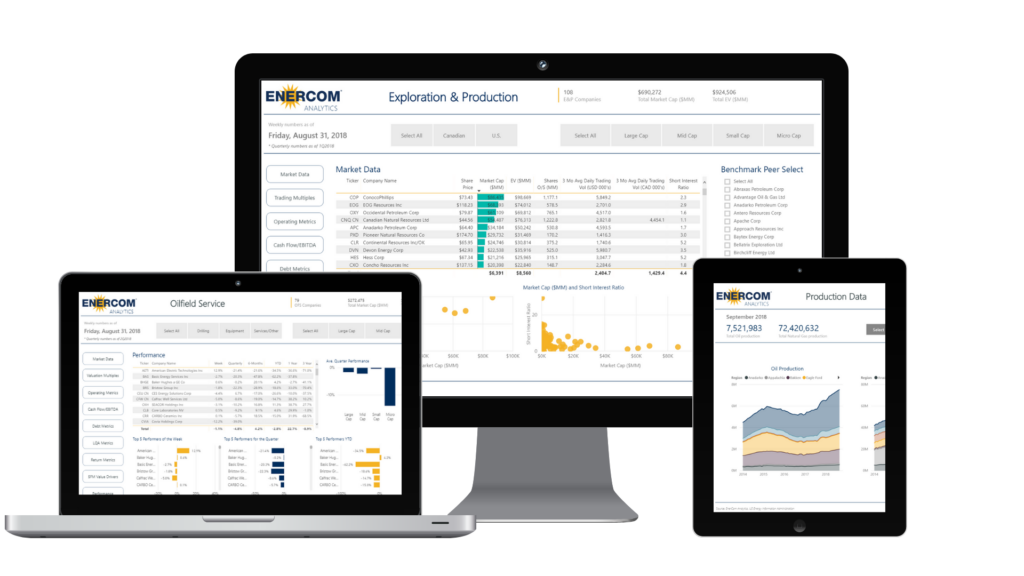Of the 7 million acres of non-federal land in Colorado’s top oil and gas producing counties, proposed initiative #97 would exclude 6.5 million acres from drilling and development
An estimated 54% of Colorado’s total land surface would be unavailable for new oil and gas development by adopting the buffer zone setbacks and federal land exemption proposed by initiative #97, according to a July report by the Colorado Oil & Gas Conservation Commission.
Colorado ballot initiative #97, received by the Colorado Secretary of State in January 2018, is currently in the signature-collecting phase for inclusion on the November ballot. The deadline to turn in signatures is August 6, 2018.
Initiative #97 would designate 2500-foot buffer zones around “occupied structures” and “vulnerable areas.”
Initiative #97 proposes changing the Colorado Revised Statutes, as opposed to the 2016 initiative that aimed to modify the state constitution, but which failed to obtain the amount of validated signatures required by the Secretary of State.
Of the non-federal land in Colorado, 85% would be inaccessible to oil and gas development using these same criteria.
- 78% of Weld County surface land—home to most of the Wattenberg field—would be off-limits to new oil and gas development.
- In Colorado’s top five oil and gas producing counties combined, 61% of the surface acreage (94% of non-federal land) would be unavailable.
At the request of COGCC commissioners, a report detailing the potential impact of initiative #97 on surface lands available for oil and gas development has been prepared. There are subtle, yet significant, differences in the language of the proposed 2018 initiative versus the 2016 version, the report said.
The COGCC’s new analysis addresses those changes and incorporates new GIS information building upon a study published by the COGCC in 2016.
Differences from the 2016 initiative include defining “vulnerable areas” (roughly equivalent to “area of special concern”) to include reservoirs but not riparian areas; and proposing to allow state or local governments the right to designate “vulnerable areas” independently.
The COGCC said its report does not directly analyze the extent to which mineral development would be impacted by the decrease in surface acreage available for new oil and gas development facilities or hydraulic fracturing operations.
The COGCC said its report also does not attempt to quantify economic impacts resulting from the reduction of available surface acreage for new oil and gas development facilities or hydraulic fracturing operations.
Access the full COGCC report with supporting data here.







